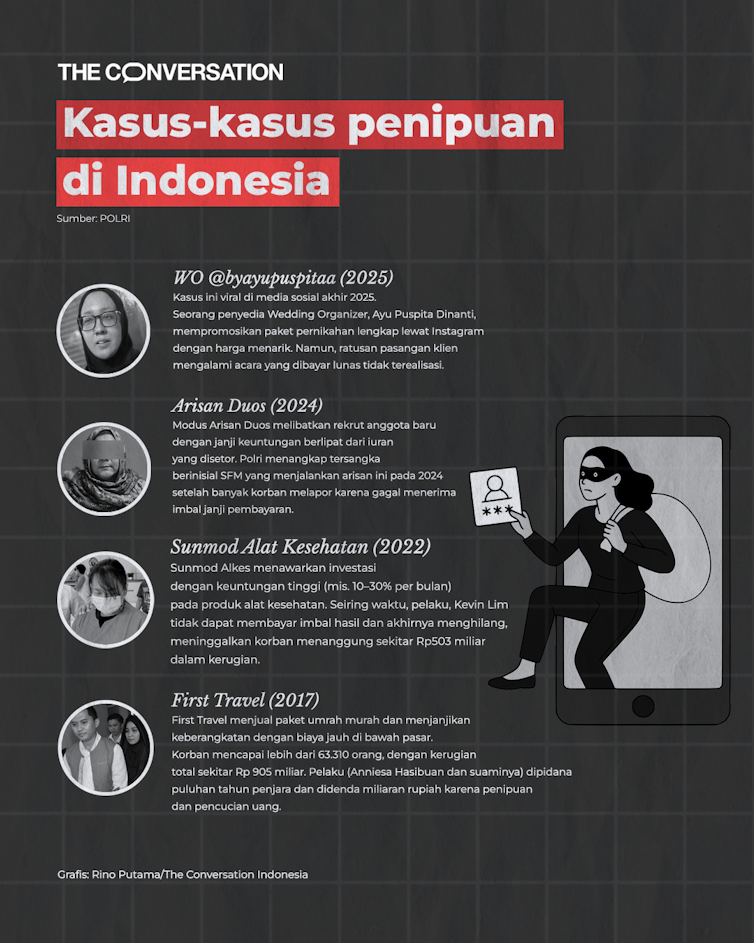Currency trading made clear: an Octa guide
- Written by Octa
Currency market (Forex) definition
The foreign exchange market is a decentralised or 'over-the-counter' (OTC) market that establishes the exchange rate for currencies worldwide. It is the world's largest financial market, consisting of a worldwide network of financial centres operating 24 hours a day, pausing only on weekends.
The diverse variety of currency pairs, coupled with the market's inherent volatility, offer numerous possibilities for traders to earn profits by speculating on the fluctuations in currency values.
Trading volumes
The Forex market is known for its massive liquidity, being the largest financial market globally. According to the 2022 BIS quarterly review[2], trading volumes in this market often exceed $7.5 trillion per day, allowing for constant buying and selling of currencies.
Market participants
Various participants populate the Forex landscape, each with unique roles and objectives.
- Retail traders. Individuals trade currencies aiming to profit from currency price fluctuations. They typically use online brokerage platforms to execute trading orders.
- Banks and financial institutions. They form the backbone of the Forex market, providing liquidity and facilitating interbank trading. Major banks help determine the exchange rates through their currency conversion operations.
- Corporations. Multinational companies participate in the Forex market to hedge currency risk and manage currency conversion for international trade transactions.
- Central banks and governments. They intervene in the Forex market to stabilise or increase the value of their national currencies and control inflation, often influencing currency values significantly.
- Hedge funds and investment firms. These entities trade currencies as a part of their investment strategies, often managing large portfolios and employing complex trading techniques.
Forex traders utilise several instruments to manoeuvre through the market effectively:
- Spot contracts. The most straightforward and prevalent method where currencies are traded for immediate delivery. It is precisely here that retail traders mainly operate. However, retail traders can also use information about operations derived from the derivatives market for making trading decisions.
- Contracts for differences (CFD). A CFD is a contract between a trader and a broker to exchange the difference in value of an underlying asset, like a currency pair, from the time the contract is opened to when it is closed. CFDs offer traders high leverage, diverse global market access from one platform, flexibility to capitalise on both rising and falling markets and the ability to trade fractional positions.
- Derivatives contracts.
- Futures. Standardised contracts to buy or sell a specific currency at a future date.
- Options. Contracts granting the right, but not the obligation, to buy or sell a currency at a predetermined price.
- Swaps. Agreements to exchange currency pairs between two parties at a specific time, based on the agreed-upon rate.
In the Forex market, currency pairs are categorised into majors and minors.
Major currency pairs:
- EUR/USD (Euro/U.S. Dollar)
- USD/JPY (U.S. Dollar/Japanese Yen)
- GBP/USD (British Pound/U.S. Dollar)
- USD/CHF (U.S. Dollar/Swiss Franc)
- AUD/USD (Australian Dollar/U.S. Dollar)
- USD/CAD (U.S. Dollar/Canadian Dollar)
- NZD/USD (New Zealand Dollar/U.S. Dollar).
Conversely, minor currency pairs, also known as cross-currency pairs, do not involve the U.S. Dollar. Examples of minor pairs include EUR/GBP (Euro/British Pound), EUR/AUD (Euro/Australian Dollar), and GBP/JPY (British Pound/Japanese Yen). Minors can offer diverse trading opportunities and allow for trading diversification, but they often come with lower liquidity and higher spreads compared to majors. Traders typically explore minor pairs as they accrue more experience and pursue varying currency values and volatility levels.
The choice between trading major or minor pairs should align with the individual's trading strategy, risk tolerance, and comprehensive market knowledge.
Types of analyses in Forex trading
Traders deploy a mixture of analysis methods to strategise their trading orders:
Fundamental analysis
- Central bank decisions. Traders pay close attention to central bank decisions such as monetary policy changes, interest rate hikes, or cuts. For instance, when the Federal Reserve signals a rate hike, it often strengthens the USD.
- Economic indicators. Releases like GDP growth, Consumer Price Index (CPI), and employment figures, such as Non-Farm Payrolls in the US, are closely watched.
- Geopolitical events. Situations like trade wars, elections, and international disputes can drastically influence currency values.
- Support and resistance levels. These are crucial price levels where a currency pair tends to bounce back or retreat. Traders often set Stop Loss or Take Profit orders around these levels.
- Chart patterns. Patterns like 'Head and Shoulders', 'Double Tops', or 'Bullish/Bearish Flags' can signal potential price breakouts or reversals.
- Indicators and oscillators. Apart from RSI, other tools like Fibonacci retracement, MACD, and Bollinger Bands are commonly used to predict potential price movements.
- Volume data. Large spikes in trading volume can indicate strong interest in a particular currency pair, suggesting a potential move.
- The Commodity Futures Traders Commission (CFTC) reports provide insights into the positions of different market participants and can be a valuable tool for traders to understand market sentiment and potential future market movements.
- Market commentary. Prominent financial news outlets, influential traders on social media, or large institutional bank forecasts can sway market sentiment.
The Forex market, while lucrative, is fraught with risks that traders need to manage meticulously:
- Market risk. It arises from factors like geopolitical events, interest rate decisions, and economic data releases, causing price fluctuations.
- Leverage risk. High leverage can magnify gains but can also exponentially increase losses, leading to significant capital depletion.
- Operational risk. It involves risks related to technical failures affecting trading operations.
Pros and сons of trading in the Forex market
Like any form of trading, currency trading has its own set of advantages and disadvantages.
Advantages of currency trading
- High liquidity. Enables seamless buying and selling, offering minimal transaction costs and slippage.
- Accessibility. The 24/5 operating hours allow global participation at any time during the weekdays.
- Leverage. Traders can control significant positions with a relatively small amount of their own capital.
- Diversity. A large variety of currency pairs are available for trading, allowing for diversified strategies.
- Risk of loss. High leverage also means amplified losses, requiring prudent risk management.
- Market volatility. Sudden market movements can lead to substantial losses.
- Complexity. The myriad of factors affecting currency values necessitates a deep understanding of market dynamics.
Five tips for Forex trading
To thrive in the fast-paced Forex market, traders should embrace certain practices and methodologies.
- Stay updated with Forex-specific news. The Forex market is highly susceptible to geopolitical events, interest rate changes, and macroeconomic indicators. Regularly updating oneself with Forex-centric news sources, such as major central bank decisions, political events impacting key currency pairs, and releases like GDP or Consumer Price Index, is crucial. These factors can lead to volatile shifts in currency values, and staying informed can offer a predictive edge.
- Risk management. While it's common advice to diversify, in Forex, this means not over-leveraging oneself on a single currency pair, even if it's a major one like EUR/USD. Use Stop Loss orders to protect against rapid currency value declines, and consider using Trailing Stops in a trending market to lock in profits while maintaining some upside potential.
- Start with Major Pairs. As a beginner, focus on major currency pairs. These pairs, like EUR/USD or GBP/USD, are more liquid, have tighter spreads, and are heavily influenced by macroeconomic news, making them slightly more predictable.
- Have a trading plan. Beyond the basics of setting goals and risk parameters, a Forex trading plan should also consider the time zones of the currency pairs traded. For instance, if trading the AUD/JPY pair, consider economic releases from both Australia and Japan. The plan should also include strategies tailored to Forex, such as scalping for short-term trades or swing trading for longer-term positions.
- Develop a personal strategy and maintain discipline. As you develop your approach, consider the unique aspects of Forex, such as the 24-hour trading cycle, the importance of leverage, and the influence of major economic announcements. Moreover, discipline in Forex is not just about sticking to the plan, but also about regularly reviewing and adjusting the strategy as the market evolves and as you learn more about specific currency pair behaviours.
By embracing clarity and providing transparent, in-depth insights, Octa aims to equip every trader with the knowledge and tools they need to navigate the Forex market effectively and to make trading a rewarding experience. Whether you are stepping into the world of currency trading for the first time or looking to refine your trading skills, keeping up-to-date with the market dynamics, staying disciplined, and adhering to your trading principles are the keys to unlocking success in the fascinating world of Forex trading.
Hashtag: #Octa
The issuer is solely responsible for the content of this announcement.
References
- ^ Media OutReach (www.media-outreach.com)
- ^ 2022 BIS quarterly review (www.bis.org)
Authors: Octa
Read more https://www.media-outreach.com/news/malaysia/2023/11/17/259576/




